[On December 31, 2024, we predicted seven developments for 2025 and boldly went where only fools, angels and astrologers dare to go. So, what can we expect in 2025? To borrow words from the military, a more volatile, uncertain, complex and ambiguous (VUCA) world. What follows is the entire seven-part discussion. If you would like to read this piece as a clickable magazine, please click below.]
A Turbulent Donald Trump Second Presidency
US President Donald Trump won the election by promising more secure borders and higher tariffs. Now that he is in office, he will clamp down on immigration. Trump and his team believe in protectionism and isolationism. The underlying idea is to bring back manufacturing jobs to the US. So, expect higher tariffs. Lower immigration is likely to lead to economic harm. Tighter labor markets, higher costs for businesses and increased inflation are likely to follow.
As an issue, immigration has created a divide within Trump’s camp. The trigger was his selection of Sriram Krishnan as senior adviser for AI in his administration. Krishnan is a Tamil Brahmin (Tam Brahm) who was born in India. He did his undergrad at SRM Institute of Science and Technology (SRMIST) and is a general partner of American venture capital firm Andreessen Horowitz. This high-achieving Tam Brahm heads the firm’s London office and is pals with both former British Prime Minister Boris Johnson and Tesla and X CEO Elon Musk.
Krishnan’s appointment led to a backlash from the Make America Great Again (MAGA) base. Laura Loomer, a MAGA political activist and Internet personality, took issue with it. Vivek Ramaswamy and Musk, the two co-chairs of the newly proposed Department of Government Efficiency (DOGE) rode out to Krishnan’s defense. So did former PayPal executive David Sacks, whom Trump has tapped to be White House AI and cryptocurrency tsar. The war of words played out on X, the new bastion of free speech.
The MAGA crowd argues that the tech industry imports Indian workers because they are cheap. These Indians put downward pressure on American wages. Trump’s finance and tech bros, on the other hand, argue that there are not enough Americans to do tech jobs and thus the tech industry needs to bring in foreign workers. This controversy will continue to divide Trump’s camp in the months ahead.
Trump’s tariffs will accelerate the creation of two contending economic systems. Such a situation existed during the Cold War, but since the collapse of the Soviet Union, the global economy has become more integrated than ever. However, the American and Chinese economies have now grown increasingly separate from each other. This trend will accelerate.
Importantly, US global leadership will weaken. Trump will pursue unilateralist, isolationist and contentious policies. So, we will see increased fraying of international norms and weakening of US alliances in Europe, the Middle East and Asia.
The New Science and Technology Race Is Heating Up
In just the next decade — even the next five years — AI will be performing most tasks better than humans. It will also be more efficient. The shocking question our societies must answer now appears to be, “Who will be the master, AI or humans?” Even the profoundly cautious National Intelligence Council warns that AI may pose “existential threats … that could damage life on a global scale” and that “require the development of resilient strategies to survive.”
For the first time in ten thousand years of civilization, humanity faces an entity that will disrupt us, may control us and could even threaten our existence. Even if AI does not take over humanity, its impact on global employment, for both white- and blue-collar workers, could well disrupt societies and traditional ways of life.
In a poll of AI experts, 18% were excited at near-term prospects, 42% were equally excited and concerned and 37% were more concerned than excited about the changes in the “humans-plus-tech” evolution they expect to see by 2035. Numerous studies estimate that AI will eliminate the need for anywhere from seven to 48% of all jobs within 15 years. Kai-Fu Lee, one of the world’s leading experts on the subject, estimates that AI will eliminate the need for about 38% of all jobs by the early 2030s.
AI will also concentrate wealth in the few corporations and countries that have the financial and technical resources to develop and exploit this technology. Large AI firms in the US like Meta, Google and Microsoft will emerge as winners. So will Chinese companies like Tencent, Alibaba and Baidu.
Experts note, too, that wealth distribution will become even more unequal, with the top 1% of the population reaping most of the profits. Much of the rest of humanity will be in danger of losing its livelihoods. The US and China together are likely to capture 70% of the over $15 trillion that AI is estimated to add to the global economy by 2030.
In addition to an AI race, a new space race is also underway. Both the US and China are racing to go to Mars. The former expects to get there by 2027–2028, while the latter is planning for 2028. Space is becoming increasingly militarized as well. Surveillance satellites, missile defense and anti-satellite technologies are increasingly important.
Governments and private players will invest an estimated $1 trillion in the space sector. SpaceX is developing a fully reusable, two-stage super heavy-lift launch vehicle called Starship. At 122 meters (equivalent to a 35-story building), Starship can currently carry 90 metric tons and will soon double that. SpaceX has launched Starship six times and plans 100–400 launches annually within one to three years.
A third technological race is on in the renewable energy industry. The majority of solar panels and batteries currently come from China. Electric vehicles (EVs) in China cost a third less than in Europe and the US. China subsidizes EVs handsomely. Furthermore, the Chinese EV industry has technological and production advantages over its competitors.
Global EV sales are projected to grow by 30% in 2025 and reach 15.1 million. In 2024, 11.6 million EVs were sold. They comprise 13.2% of total vehicle sales. This market share is estimated to grow year-on-year despite the Trump administration’s lack of enthusiasm for EVs.
Demand for electricity is rising significantly. Increasingly, renewables are supplying this electricity. In 2025, renewables will surpass coal to become the largest source of electricity for the first time in history.
The Turbulent Middle East Will Cool Down a Bit
Israel has emerged as the big winner in the latest Middle Eastern conflict. The Israeli Defense Forces (IDF) have weakened Hamas. In Lebanon, the IDF decapitated Hezbollah and destroyed the Shia militant group’s assets. In Syria, Sunni rebels have seized Damascus, and Baathist dictator Bashar al-Assad has fled to Moscow. During the upheaval in Syria, the IDF seized all of the Golan Heights. It also destroyed the country’s entire air force, almost all of its navy and most of its other military assets.
Previously, Syria was a key Iranian ally and fought many wars against Israel. The Assad family belonged to the country’s Alawite minority, which follows a form of Shia Islam. Now that Assad is gone, Iran stands weakened and cut off by land from its allies in Lebanon. So, the threat to Israel is greatly diminished. Turkey is back in the fray, though, and its influence has risen.
The Ottoman sultan was the caliph of all Sunni Muslims until the empire ended in the aftermath of World War I. Now, the fabled Umayyad Mosque in Damascus is back in Sunni hands. In the long run, a Salafist Syria might be a bigger threat to Israel than an Alawite one. By the time Assad fell, his regime had a very narrow social base, commanding only the loyalty of the Alawite elite. The majority of the Syrian population had turned against the Assad regime, which explains its rapid fall.
Now, Ahmed Hussein al-Sharaa is in charge. He is better known by his nom de guerre Abu Mohammad al-Jolani. Backed by Turkey and some Gulf countries, Jolani has engineered an image makeover and is projecting himself as a moderate. Yet it is important to note that he was an associate of Abu Bakr al-Baghdadi and a formidable al-Qaeda operative. The US State Department long had a bounty of $10 million on his head. Already, his men are telling women to cover their heads. If Jolani manages to consolidate power and create a majoritarian state backed by other Sunni powers, that might cause Israel a greater headache than its erstwhile Shia foes.
Note that the 1916 Sykes–Picot order is dead. The nation state experiment in the Middle East has failed. Tribalism and sectarianism are ascendant. Keeping Syria or Iraq or any of the states in the region united and functional will become harder.
In the meantime, the Kurds and Palestinians remain the losers of history. No great or regional power really backs them. In the case of Palestinians, every power in the region gives them lip service, but none of these Muslim states is willing to fight for them.
In 2025, conflict in the Middle East will diminish because it has clear winners. Israel now has the upper hand against its enemies, especially Iran. For the time being, the great powers are standing by and avoiding involvement in the region.
The Russia–Ukraine War Could End
Russia and Ukraine have been at war since February 24, 2022. Casualties have mounted, and economies are under strain. Russia has been slowly but relentlessly gaining Ukrainian territory in a battle of attrition. Western support for Ukraine has been wavering. Neither France nor Germany has a budget for 2025 partly because of political disagreements over Ukraine.
US President Donald Trump’s reelection changes the equation as well. He will not support Ukraine as strongly as his predecessor Joe Biden did. So, there will be pressure on Ukraine to sue for peace.
Former CIA officer Glenn Carle and Fair Observer Editor-in-Chief Atul Singh disagree on their reading of Russia. The former sees the Russian economy as under strain. Russian foreign exchange reserves are decreasing and inflationary pressures are increasing. The country has overinvested in the military and other sectors are suffering. The ruble is tumbling. Carle estimates that Russia cannot prosecute the war forever.
Singh takes a different view. He points out that, while prices are rising, so are wages. Ironically, Western sanctions have benefited Russia by preventing capital flight. Money is no longer flowing out to buy yachts in Monaco or football clubs in London. Now, the capital stays home, creating a domestic multiplier effect. Sanctions have also forced Russia to reindustrialize. Besides, GDP figures can be deceptive. Western countries with higher GDP have a smaller manufacturing base than Russia’s. Also, sanctions have not entirely worked because developing country purchases have replaced European demand for Russian fossil fuels.
Given Russia’s size and resources, it can take greater pain than Ukraine. Ukraine’s economy has cratered, shrinking by as much as 30% according to some estimates. Ukrainian men have fled the country at higher rates than their Russian counterparts. Ukraine is simply running out of cash and men.
Unsurprisingly, Europe is losing its nerve. The German far-left and far-right both want the war to end and blame it — along with American protectionism — for deindustrializing their country. Traditionally, Germany has been a high-tech manufacturing powerhouse. Now, it is in crisis. So is France and so are many other European countries. Given these trends, Singh believes that some sort of peace or ceasefire deal should occur by the end of the year.
Will the Global Economy Muddle Along, or Is There Trouble Ahead?
Former CIA officer Glenn Carle and Fair Observer Editor-in-Chief Atul Singh disagree on the global economy. Carle thinks the global economy will muddle through, while Singh thinks there is trouble ahead.
Carle takes confidence from official growth figures. The Organization for Economic Co-operation and Development (OECD) estimates global growth will be 3.3% in 2025. The US economy is projected to grow at 2.5%, the EU about 1%, China 4.8% and India 6%. These figures are relatively healthy and the global economy should be able to weather the shock of tariffs imposed by US President Donald Trump.
Singh sees record global debt — $323 billion as of December 3, 2024 — as well as protectionism and currency wars as big risks. Sovereign debt will continue to rise, increasing default risk. Both the German and French governments fell because political leaders could not agree upon a budget. Europeans will not accept cuts to their welfare states in order to save the money for Ukraine.
In Asia, China’s real estate bubble has burst. Rising labor costs weakened its export-led strategy, which faltered under the Covid-19 pandemic. Since 1978, China has industrialized at the cost not only of the West but also emerging economies like India and Brazil. It is betting on a new wave of industrialization in critical technologies like solar panels and batteries. State support for Chinese companies is common and well known. This is tempting many countries worldwide to raise tariffs, provoking retaliation and exacerbating inflation.
Donald Trump wants to weaken the dollar, yet simultaneously retain its status as the world’s reserve currency. He is inspired by former US President Richard Nixon’s abandonment of the gold standard in 1973 after the Vietnam War. Despite this abandonment, the dollar continued to be the global reserve currency. According to our Republican sources, there is no serious threat to the dollar given current economic crises in both China and the EU. Therefore, they are confident that the US dollar will continue to be the global reserve currency even after depreciation.
Economists at top investment banks believe that the Trump administration may also use tariffs as a tool to support depreciation, pointing to the 1985 Plaza Accord. In those Cold War days, allies with a trade surplus — France, West Germany, Japan and the UK — agreed with the US to depreciate the dollar. Our sources in the incoming Trump administration indirectly indicate that some of their colleagues are determined to bring back manufacturing to the US and see depreciation as a key policy measure.
Other countries are anticipating Trump tariffs and dollar depreciation. The Swiss National Bank, the European Central Bank and the Bank of Canada have already cut interest rates, weakening their currencies. Others are planning to follow suit. However, if all major trading countries try to weaken their currencies simultaneously, none may gain from more competitive exports, but all could experience heightened exchange rate volatility.
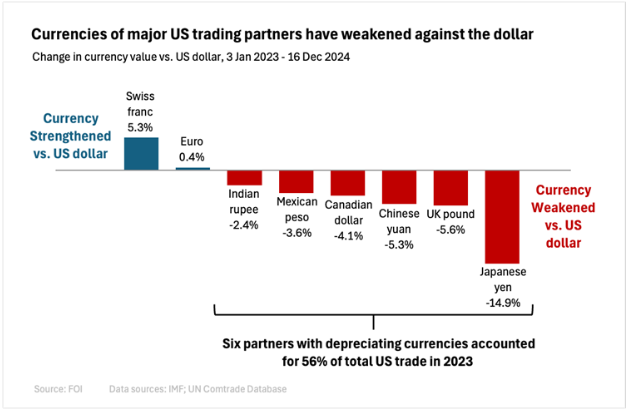
Singh believes that the chances of a black swan event have increased because the structural economic and political problems are not going away. So, fasten your seatbelts and expect turbulence ahead.
Unstable Africa Drives Refugees North
In 2024, militant Islamist violence in Africa reached a record high. Fatalities have nearly tripled since 2020 to approximately 11,000. This violence has displaced over 45 million people, a 14% increase over the 2023 figure. Last year marked the 13th consecutive year in which this figure has risen.
Russia has now emerged as a major player in Africa, displacing France in many countries. Moscow has conducted multiple disinformation campaigns and sent mercenaries to many conflict zones, such as Mali, Niger, Libya and Sudan.
The implosion of Sudan is the biggest crisis in Africa today. It has exacerbated the tensions in an already fragile region, worsening conflicts in neighboring states and increasing political instability. The internal conflicts in Libya, Chad, the Central African Republic, South Sudan and Ethiopia are now further complicated by Sudan’s instability.
Foreign powers, most notably the United Arab Emirates, Russia, Iran and Egypt, are inflaming Sudan’s conflict. They have deployed drones, munitions and mercenaries. They also patronize the smuggling of resources. This scramble for influence risks Sudan fragmenting into a collection of client states, sidelining civilian voices and popular sovereignty.
Over 11.5 million Sudanese have been internally displaced, and more 2.3 million have fled the country since the civil war began in April 2023. Food shortages are estimated to be killing hundreds of people daily. An estimated three million people are facing acute food insecurity.
Experts point out that droughts and floods are a key reason for increased conflict. Climate change means that places lack rain for longer periods or get too much rain in too short a time. This means the land is less productive, even as populations rise. This explosive combination has led people to fight over water, pastures and land.
In 2024, an estimated 163 million Africans suffered from acute food insecurity, over 10% of the continent’s population. This figure is nearly triple that of five years ago. Many of these Africans are crossing the Mediterranean Sea to get to Europe.
Lee Kuan Yew, the late Singaporean statesman, once warned that if Europe did not export prosperity south, Africa would export people north. That is exactly what is happening.
Europe Faces a Tough Year Ahead
France and Germany are the two beating hearts of Europe. Both of them ended 2024 without a budget. Both countries face new elections in 2025.
France went through a tumultuous year. Fair Observer Chief Strategy Officer Peter Isackson and Fair Observer Editor-in-Chief Atul Singh explain the crisis in the French Fifth Republic in the piece embedded below. Traditional parties have imploded and new blocs have emerged. Marine Le Pen’s far-right Rassemblement national (RN) is on the ascendant. Although it won only 126 seats out of 577 in the French parliament, it received the most votes.
Related Reading
The left-wing Nouveau front populaire (NFP) won 193 seats while President Emmanuel Macron’s Ensemble won 159. The two parties oppose RN’s social and political far-right stance, but NFP and RN are closer on economic policy than either is to Ensemble. In 2024, the three parties could not agree upon a budget. Michel Barnier’s government fell, making him the shortest-serving prime minister of the Fifth Republic.
Germany’s traffic-light coalition — so-called because red, yellow and green are colors of the Social Democratic Party (SDP), the Free Democratic Party (FDP) and the Greens, respectively — fell because the parties could not agree upon a budget. Chancellor Olaf Scholz’s government has proven to be indecisive and ineffective. The three parties could rarely agree on anything even as the German economy contracted for two consecutive years.
Related Reading
The far-right Allianz für Deutschland (AfD) is on the rise, sending shivers down the spine of a country where the specter of Adolf Hitler and the Nazi party remain strong. Yet the ineffectiveness of traditional political parties, a sinking economy and fears about immigration are fueling AfD’s rise. Repeated acts of terror by some Muslim immigrants have added to the fear.
In France, Germany and other EU countries, the clash of cultures between secular Europeans and religious immigrants is only too real. The fact that the latter are often poor and congregate around mosques makes them more Islamist than their countrymen back home. Note that President Recep Tayyip Erdoğan gets a much higher percentage of votes in France, Germany and the Netherlands than he does in Turkey.
As problems mount, the French Fifth Republic is on the verge of collapse while Germany still suffers from a postwar crisis of confidence. The operative question is simple: Who will lead Europe?
In 2006, former CIA officer Glenn Carle told a group of German officials, “If Germany does not lead Europe, Europe will not be led.” These officials were horrified at having to assume the responsibilities they had long avoided so as not to be tarred as the new Nazis. Only Germany can lead Europe, and it may eventually be AfD that leads. What happens then?
Throughout Europe, the far-right is on the rise. Slovakia, Hungary, Italy and the Netherlands are some examples. Economic strain, fears of immigration and concerns about social cohesion are at play. None of these concerns are going away in 2025.
[Anton Schauble and Lee Thompson-Kolar edited this piece.]
The views expressed in this article/video are the author’s own and do not necessarily reflect Fair Observer’s editorial policy.



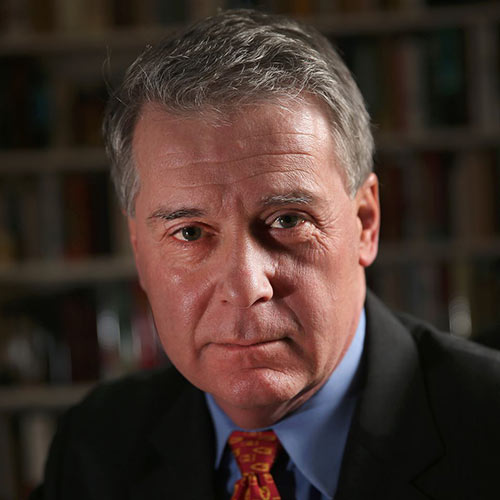
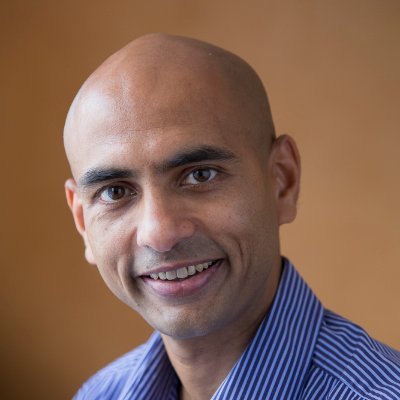





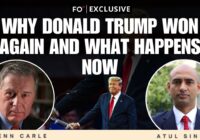
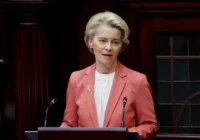





















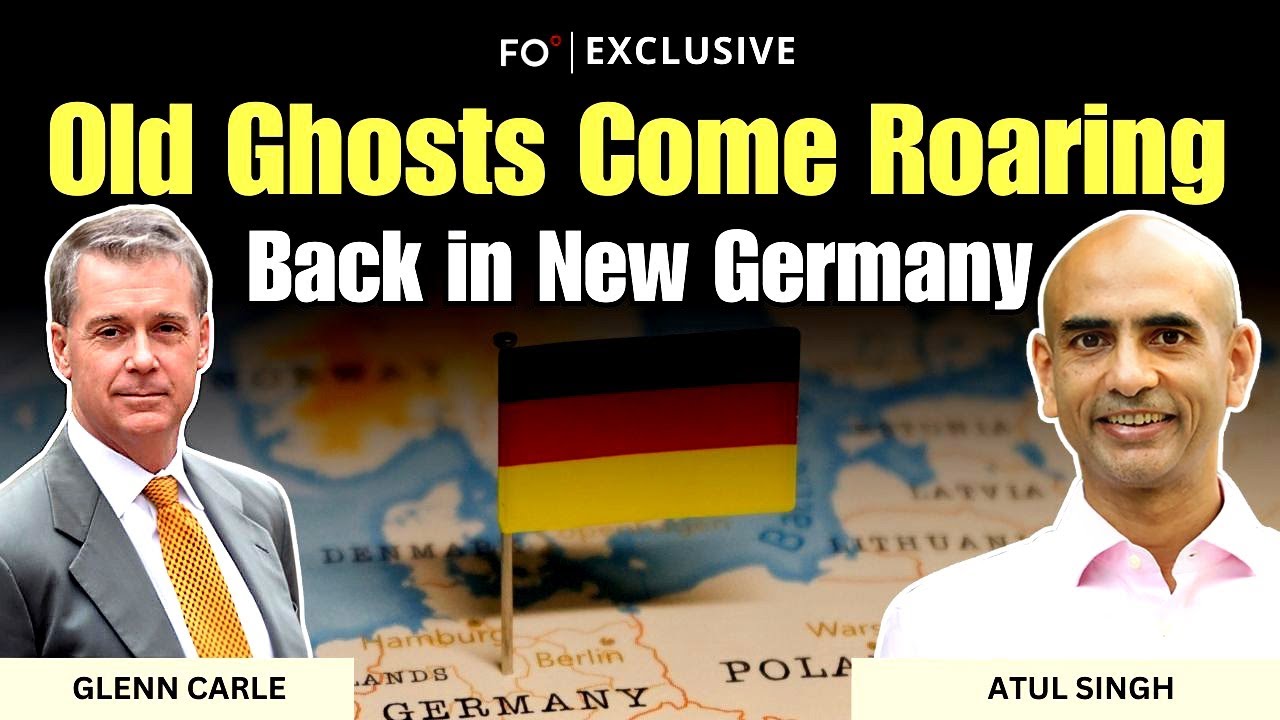

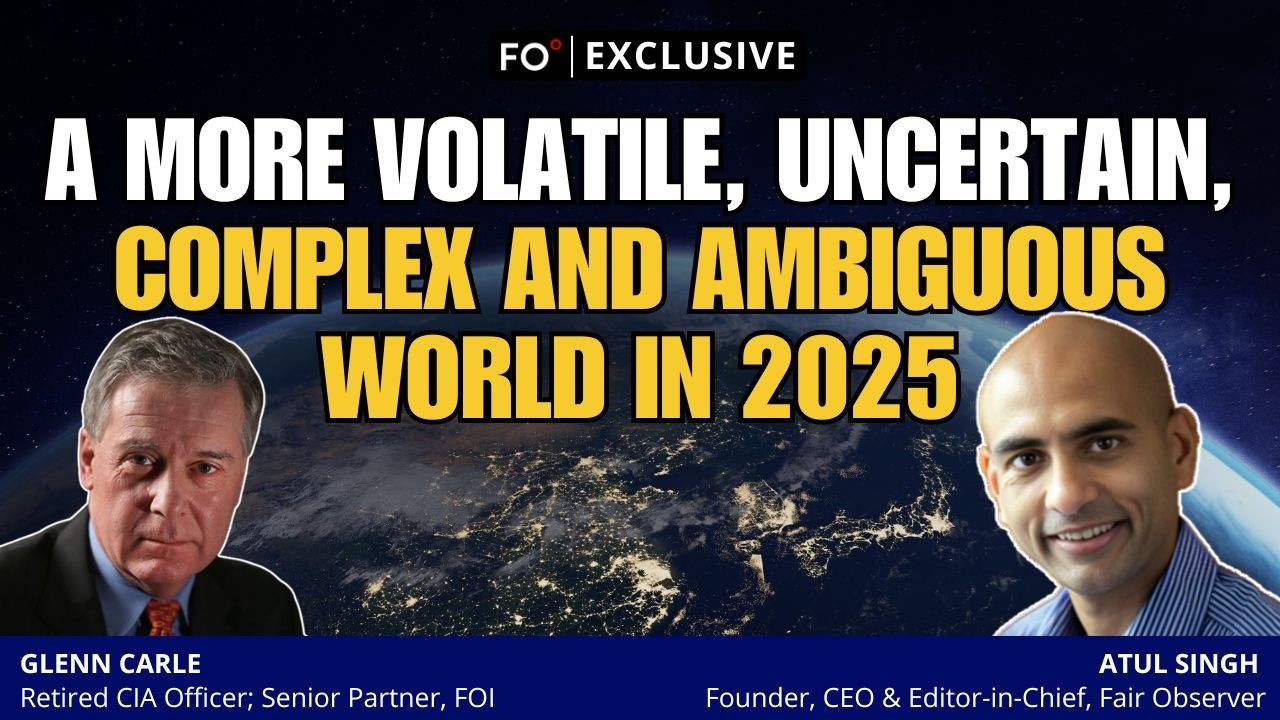


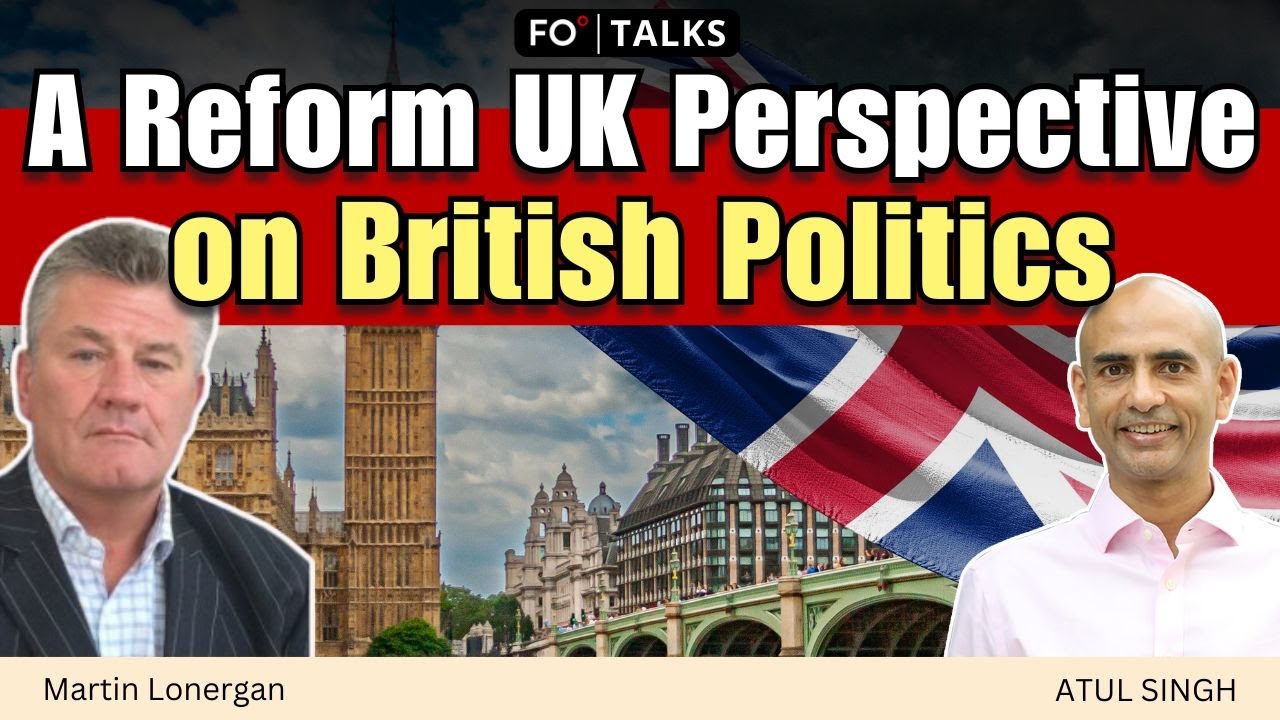


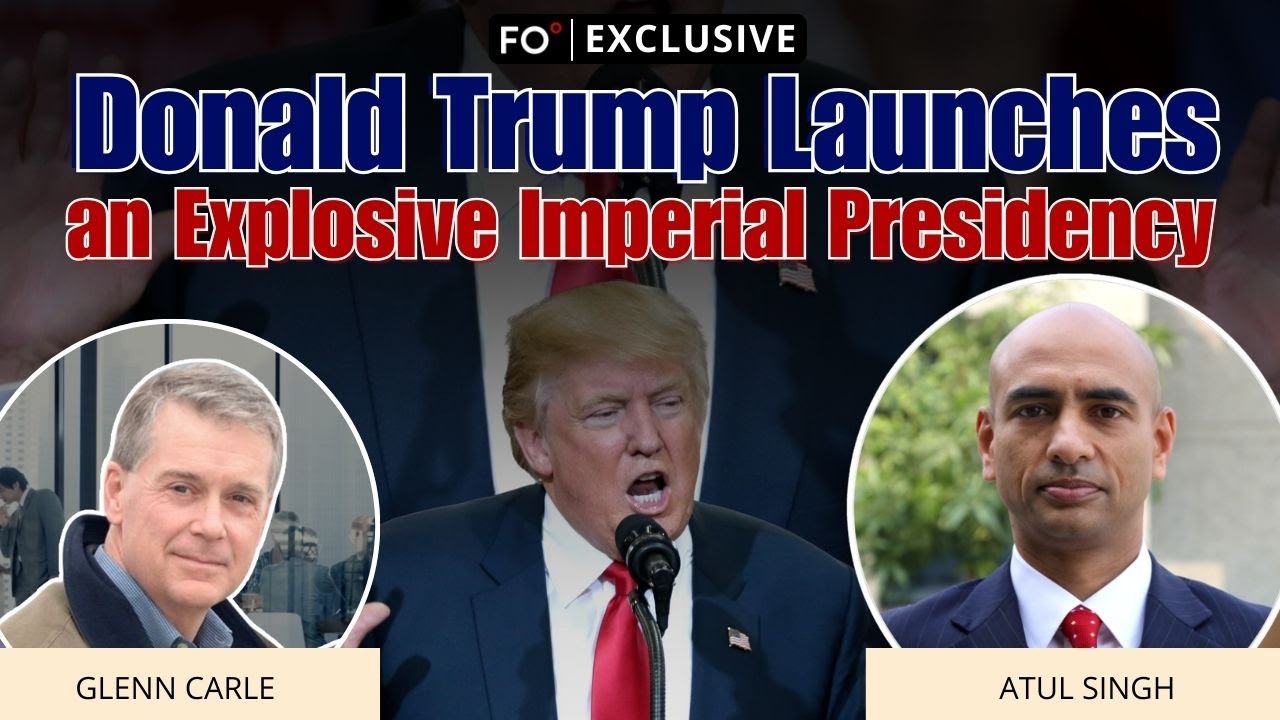
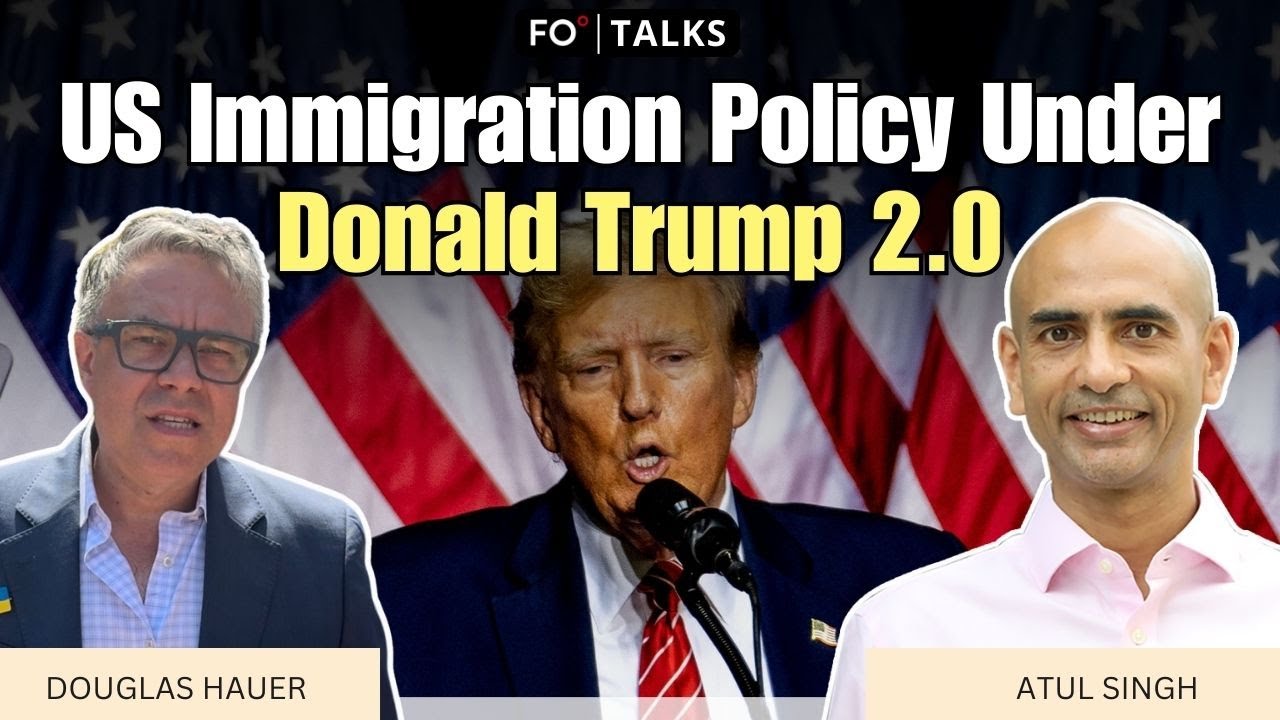



Comment